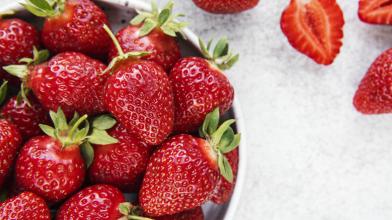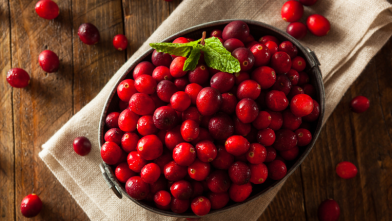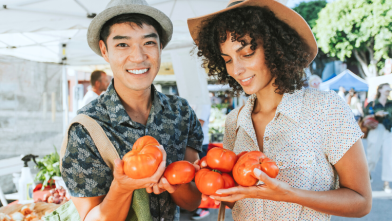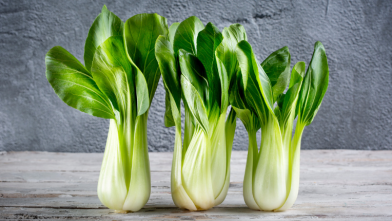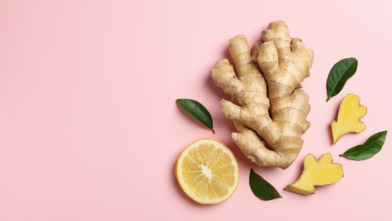Pumpkins are planted in early May through June and harvested in the fall months. Pumpkins are a type of winter squash with smooth, slightly ribbed orange skin. The inside contains thick flesh, pulp, and seeds.
Picking the Right Type of Pumpkin
Pumpkins are planted in early May through June and harvested in the fall months. Pumpkins are a type of winter squash with smooth, slightly ribbed orange skin. The inside contains thick flesh, pulp, and seeds.
There are many different kinds of pumpkin. Sugar pumpkins (also called pie pumpkins) can be found in September and October at farmers markets and grocery stores and should feel very heavy for its size. They have dark orange skin and the inside flesh is very thick, which is why sugar pumpkins are used in baking and cooking.
Field pumpkins, also called carving pumpkins, are larger and less sweet than pie pumpkins. They are typically used for carving jack o’ lanterns because they have a small amount of pale orange flesh—which makes it easier to carve for festive designs.
With either type of pumpkin, don’t forget to save the pumpkin seeds! Pumpkin seeds, called pepitas, are delicious and full of nutrients. They can be eaten raw or roasted with salt. Flat, light green, and oval shaped, these tasty seeds are a good source of protein, magnesium, and zinc.
Why People with Diabetes Should Eat Pumpkin
Pumpkin flesh, whether puréed or diced and roasted, is high in vitamin A. This gives the pumpkin its bright orange or yellow color. Vitamin A supports vision and immune function in the body. Pumpkin is also a good source of vitamin C, potassium, copper, and manganese.
There are 11 grams of carbs and 3 grams of fiber in one cup of cooked, mashed, pumpkin. Eating plenty of fiber throughout the day can help keep our gastrointestinal systems regular. Pumpkin also has a lower amount of carbs per serving than potatoes and is a good source of fiber that may help slow the effect of the carbs on your blood glucose (blood sugar).
How to Store Pumpkins
You can store fresh whole pumpkins in a cool, dry place for 30–90 days. Be sure to wash the outside of the pumpkin before storing. Raw, cut pumpkin can be stored in the fridge for about a week.
Canned pumpkin purée is available year-round. An unopened can of puréed pumpkin usually lasts three to five years. Once you open a can of pumpkin, try to use it within a week. You can also freeze pumpkin purée in a freezer bag and thaw when you need it.
How to Cook with Pumpkin
Canned and fresh pumpkin can be used in many baking dishes, including muffins, bread, pies, and cakes. It also can be used to make pasta sauces, ravioli or lasagna filling, and a creamy addition to soups. Or sub it for half the number of potatoes in mashed potatoes for an added fiber boost. However, be sure to read the Nutrition Facts label carefully to make sure you are not buying canned pumpkin pie—a premade pie filling that is full of added sugars—it can throw off your carb count if you use it without realizing it.
Try These Diabetes-Friendly Pumpkin Recipes
Be sure to check out the following recipes which highlight how to use pumpkin purée in various ways:

